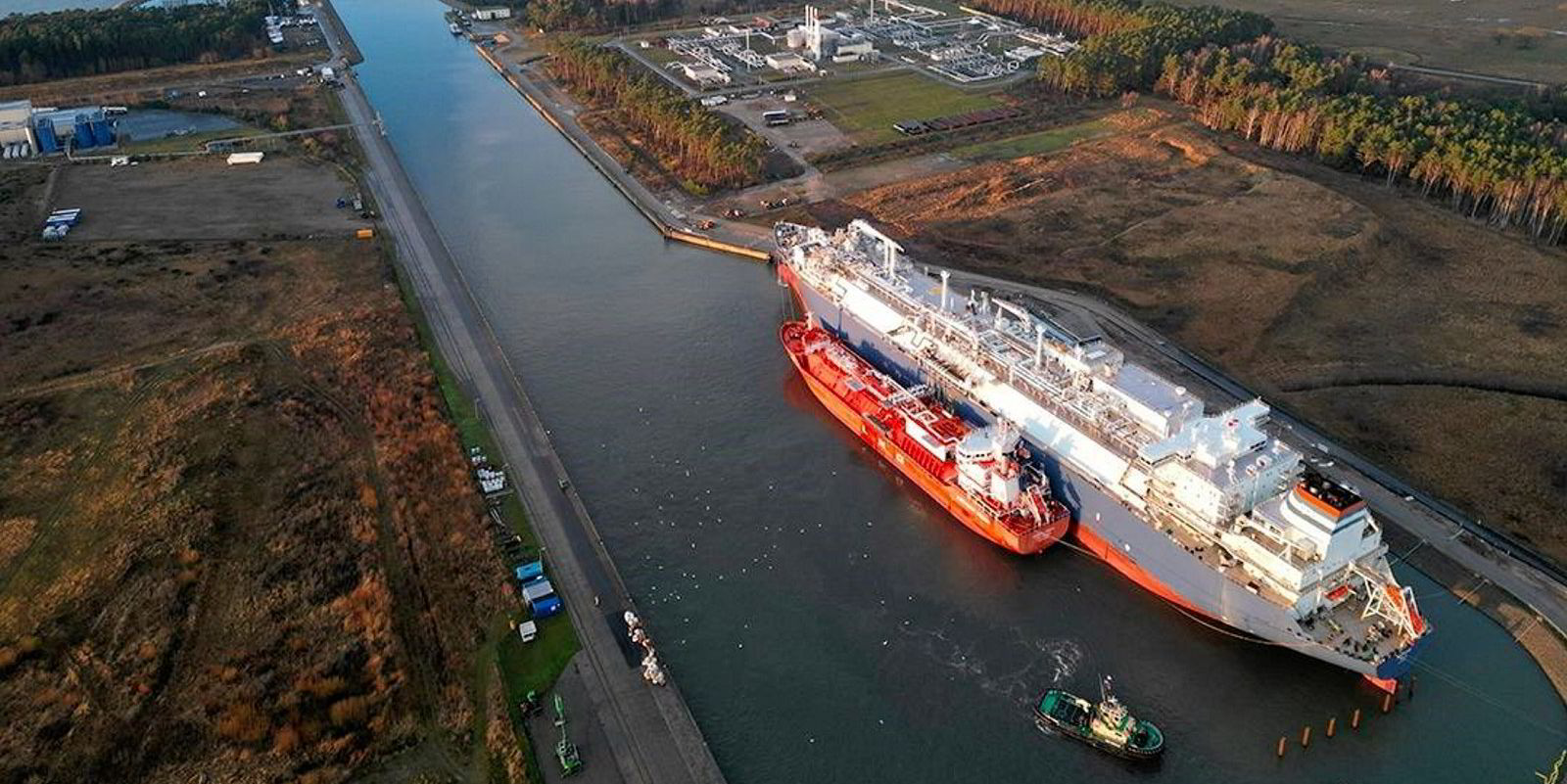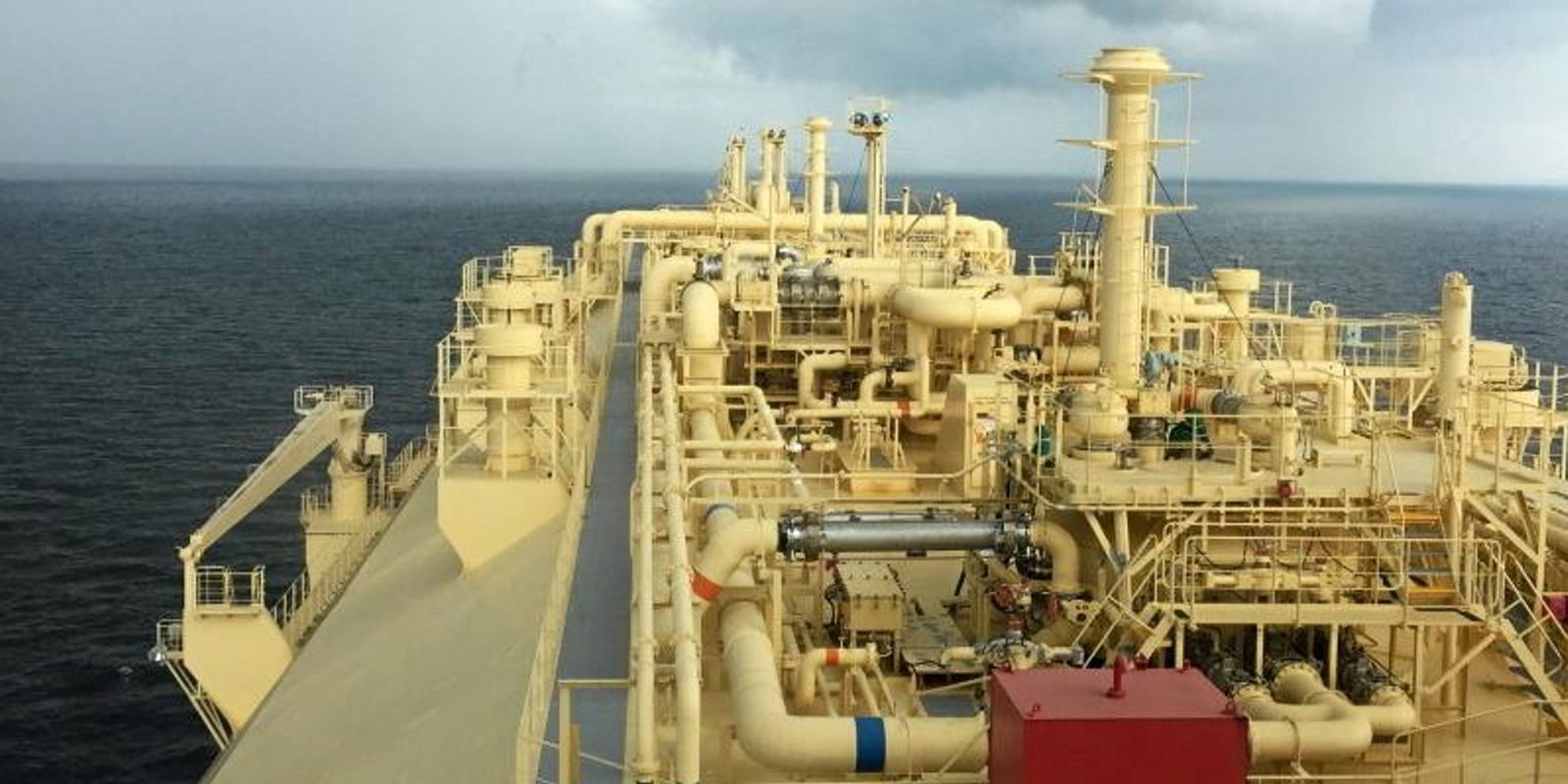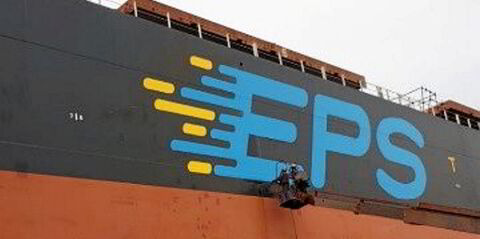Energy hungry Europe will still need to import additional volumes in LNG in 2023 to keep its gas storage topped up and replace Russian pipeline gas, according to consultants and brokers Poten & Partners.
Speaking on a webinar, global head of business intelligence Jason Feer said Europe is getting almost no pipeline gas from Russia now.
Feer said Poten sees European gas storage levels as “sufficient” for 2023, partly due to a milder than expected winter.
He dubbed the region’s efforts to secure supply post Russia’s invasion of Ukraine as “successful” and highlighted the additional new infrastructure provided by floating storage and regasification units which has been added to facilitate imports.
But he said despite this Europe will need to import more LNG than in 2022 — giving a figure of 192 billion cbm of LNG for 2023, due to removal of all Russian pipeline gas. This would be 80% more than in 2021.
He said additional new LNG coming online will largely be from the US, with the return to production of the Freeport LNG bringing on 1.3 million tonnes per month to the market during 2023.
Feer said Poten significantly revised its forecasting and now sees a gradual increase in European LNG demand in 2023 and 2024, before a tapering off over the next eight to nine years as countries cut gas consumption and increase their use of renewables.
He said Europe has largely opted for mid-term purchases for its LNG with very few long-term contracts signed.
Feer also highlighted that most of the additional LNG infrastructure is based on FSRUs which are chartered in for 10-year contracts rather than land-based facilities.

The business intelligence chief said one of the emerging solutions for Europe is that aggregators — companies like the energy majors which buy, sell and produce LNG — buy the volumes and then sell this on to buyers.
Feer revealed that aggregators are currently “working hard” in Europe with governments and company officials to sell new LNG volumes due to emerge in 2025 and 2026.
He said this model of buying will make it very hard for Russian gas to force its way back into Europe, but it could leave buyers in the region exposed if they have miscalculated and need volumes beyond this, as aggregators will likely have sold them.
“It is too early to declare victory in Europe,” he said.
Feer provided insight into the status of four developers’ US projects that are nearing final investment decisions — Sempra’s Port Arthur and Cameron train 4 project, NextDecade’s Rio Grande, Venture Global’s Plaquemines train 2 and CP2, and Mexico Pacific’s development — that he said have benefited from aggregator contracts.
But he said other liquefaction projects were struggling with higher costs, lack of agreements over liquefaction fees and issues around financing.
Feer said LNG prices have come down from their extreme spikes but are still very high which may affect demand in price sensitive markets like south Asia and Latin America which may push some buyers there to seek other solutions.
Poten is expecting to see continued market volatility on LNG prices this year.





